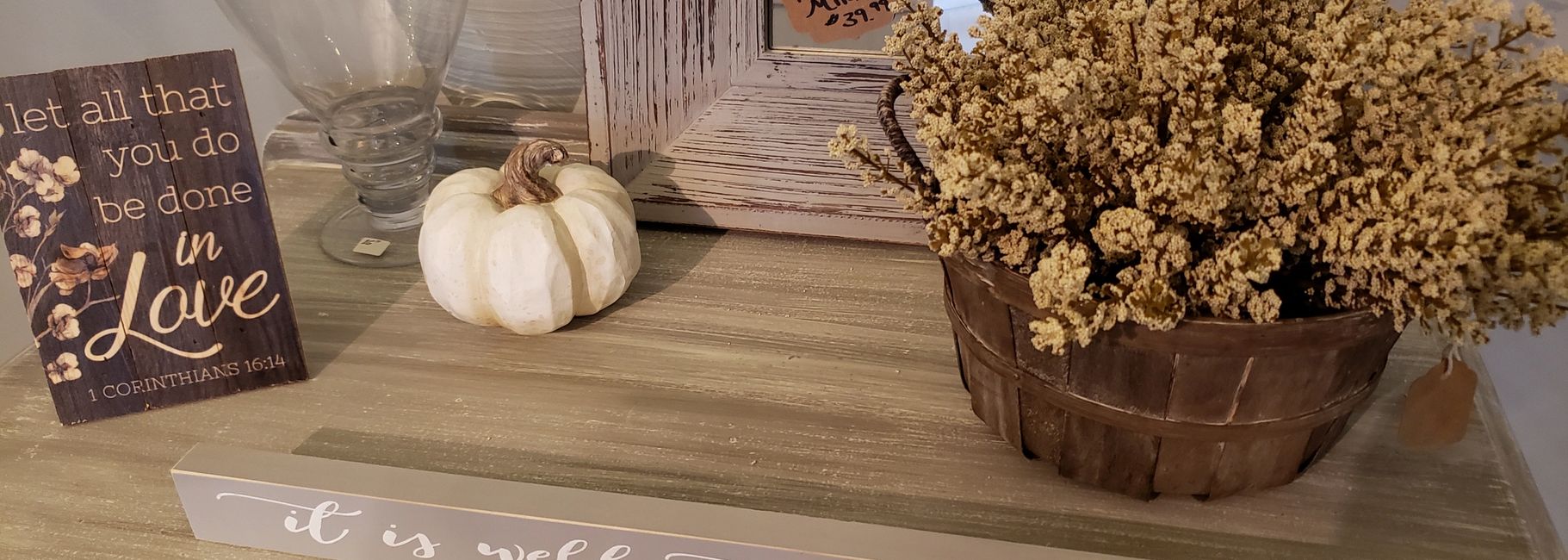
Painting Process, Finishing & Care
Prep, Paint & Seal
Many have asked me about the best paint for furniture without sanding. However, the reason you should sand a piece of furniture is usually so that you can create enough grit or tooth on the surface for the paint to stick. Chalk painters can sometimes get around sanding because chalk paint is more porous which allows it to have glue-like properties. However, I have yet to find an old piece of furniture that did not require at least some sanding. Every painted furniture piece needs to be covered in a substance that will stick to the surface and also protect the piece long-term. No one product does both things really well – at least none that are cost-effective. Chalk paint has the adhesion properties but not the protection you want. Latex has the protection, but not the adhesion. That is why chalk paint requires waxing. Even when chalk painting furniture, there are times when you have to use a primer on dark pieces because many stains will bleed through chalk paint.
One of the top questions we are asked has to do with sealing our furniture projects. People like you want to know, when do you use Polycrylic? When do you use Polyurethane? Or why would I use Wax?
Sealing your project piece will definitely ensure your finish will last for a very long time. Although there are other sealing options, Polycrylic, Polyurethane and Furniture Wax are the most frequently used by most DIYer's.
Paints, Finishes & Care
Chalk/Milk/Latex/Acrylic Paint
- Chalk: Chalk paint is {mostly} made of latex paint, calcium carbonate and water. The calcium is what makes gives it the chalky finish.One of chalk paints biggest draws is that it does not require a primer because it will stick to almost any wood finish. In the furniture refinishing business this was huge. You could paint over polyurethane, wax, even glue and it will stick! Chalk paint distresses easily with a little sand paper. It comes off in a fine powder, which also makes it very forgiving. Because chalk paint “dusts” off easily, I always recommend adding a top coat of wax or varnish. Speaking from experience, the paint does not hold up well to without a top coat.
- Milk: The main ingredients for milk paint are quark (Quark is a type of fresh dairy product made by warming soured milk) and lime. The downside to these ingredients is the smell! Unlike Chalk paint, milk paint has been around for years. The ingredients are natural and eco friendly. A bonding agent can be added, a bonus for vintage lovers like myself. If you want the aged chippy wood look, all you have to do is apply milk paint without the bonding agent and you will find that the paint will chip naturally over a period of just a few hours. The downside to the powdered form of milk paint is that it can be rather tricky to mix the perfect consistency.
- Latex: Latex paint needs a primer as a first coat in order to adhere well to most surfaces. Pieces may also need to be sanded thouroughly prior to using Latex Paint. The finish can be more shiny and it has a smoother look than its Chalk or Milk counterparts. Latex has the protection, but not the adhesion. That is why chalk paint requires waxing.
Stains
Polycrylic
Polycrylic is a water based sealer. You can get a variety of finishes with Polycrylic: Matte, Satin or Gloss. It can be applied with a paint or foam brush.
- Pros: Quick Drying Time, Water-based for easy clean up, Creates a hard finish, No lingering oder
- Cons: It requires some patience so you don't end up with bubbles or brush strokes
We typically use Polycrylic on Tables, Chairs, Coffee Tables, Console Tables, etc... Anything that will have heavy traffic requires a hard finish. You'll want the paint or stain finish to last a long time. Polycrylic is a staple for my business.
Polyurethane
Polyurethane is a harder finish than Polycrylic. It can come with a Satin or Gloss Finish. It can be applied with a paint or foam brush. If you're sealing a large area, you might use a paint roller.
- Pros: Quick Drying Time Water-based or Oil-Based applications Creates a more durable finish then Polycrylic
- Cons: Watch for Bubbles or Paint Strokes Some Polyurethanes can yellow over a white, cream or light paint finish
For more durability, you might opt for a Polyurethane finish to your projects. The applications for this product tend to be Hardwood Floors, Table Tops, etc...
Furniture Wax
allows you to add additional color or depth to your finished painted projects. Clear Wax will easily seal a project. Using Colored Wax, such as Light Antiquing Wax, Dark Antiquing Wax, Black Wax or a different color), Wax offers you an opportunity to add an "antiqued" faux finish to trim, recessed areas or to the overall look of a piece. They can typically be applied with a Brush or Rag.
- Pros: Allows for a great deal of creative options, durableDurable Finish, Quick Dry, A Little Goes A Long Way, Soft Silky Finish
- Cons: It takes a little practice to perfect certain looks with the Darker Waxes May need to be reapplied periodically Can't use anything but a damp rag to clean (ie no cleaning solutions)
We love to use Furniture Wax on dressers, side tables, beds, picture frames, small decorative items, etc... It can take some practice, but the finish is definitely worth it.
